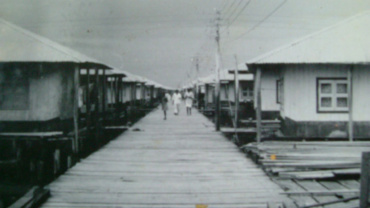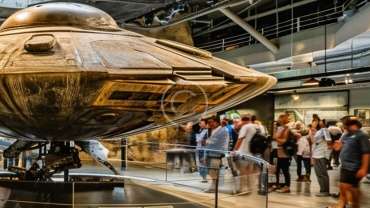In 1959, the people of Ayetoro achieved what few rural communities in Nigeria had dared to imagine. With no wealthy benefactors, no government engineers, and no foreign contractors, they built their own Power House — a structure that came to symbolise not only light, but the spirit of innovation and self-reliance that defined the Happy City.
For over a decade since its founding in 1947, Ayetoro had thrived on communal labour and shared resources. The settlers had dug canals by hand, constructed bridges, and raised homes on stilts above the coastal waters. Yet, as the town grew in both size and reputation, there emerged a pressing need for electricity. The Apostles believed that light was more than a convenience; it was a moral and spiritual force. In their eyes, electrifying Ayetoro would not only improve daily life but also serve as a shining example of what faith, unity, and collective vision could accomplish.
The idea of a community-built Power House was bold. At the time, electricity was a luxury reserved for major towns and colonial offices. For Ayetoro to generate its own power was almost unheard of. But rather than seeing this as an obstacle, the Apostles saw it as a divine challenge. Contributions were pooled from fishermen, traders, and craftsmen. Men offered their strength for construction, while women sold extra produce to raise funds for equipment. Oral testimonies recall how no gift was too small; children even carried sand and stones to the site, proud to be part of what was seen as the town’s greatest undertaking.
Construction began with local materials, guided by the community’s collective ingenuity. Archival accounts describe how the walls of the Power House rose steadily, brick by brick, under the watchful eyes of both elders and apprentices. When the generator finally arrived — hauled laboriously through water and marsh — the town celebrated with song and prayer. The first flicker of electric light in Ayetoro was greeted not simply with excitement but with reverence. For the Apostles, it was proof that divine inspiration and human determination could turn dreams into reality.
The Power House quickly transformed daily life. Streets were lit at night, children studied under electric bulbs, and communal gatherings stretched late into the evening. It also gave Ayetoro a reputation for modernity, earning further recognition as “Small London.” Visitors marvelled that a coastal settlement, far from the centres of government power, had accomplished what many cities still lacked.

Yet, beyond its practical utility, the Power House came to symbolise Ayetoro’s philosophy. It embodied the belief that progress could be achieved without exploitation, that innovation could spring from collective goodwill rather than individual wealth. As one elder later remarked: “It was not just a building of bricks and wires. It was our faith turned into light.”
Today, as erosion and hardship threaten the physical landscape of Ayetoro, the story of the Power House continues to inspire. It reminds us that innovation is not always about technology alone, but about the courage of ordinary people to dream together, build together, and shine together.




